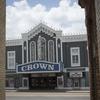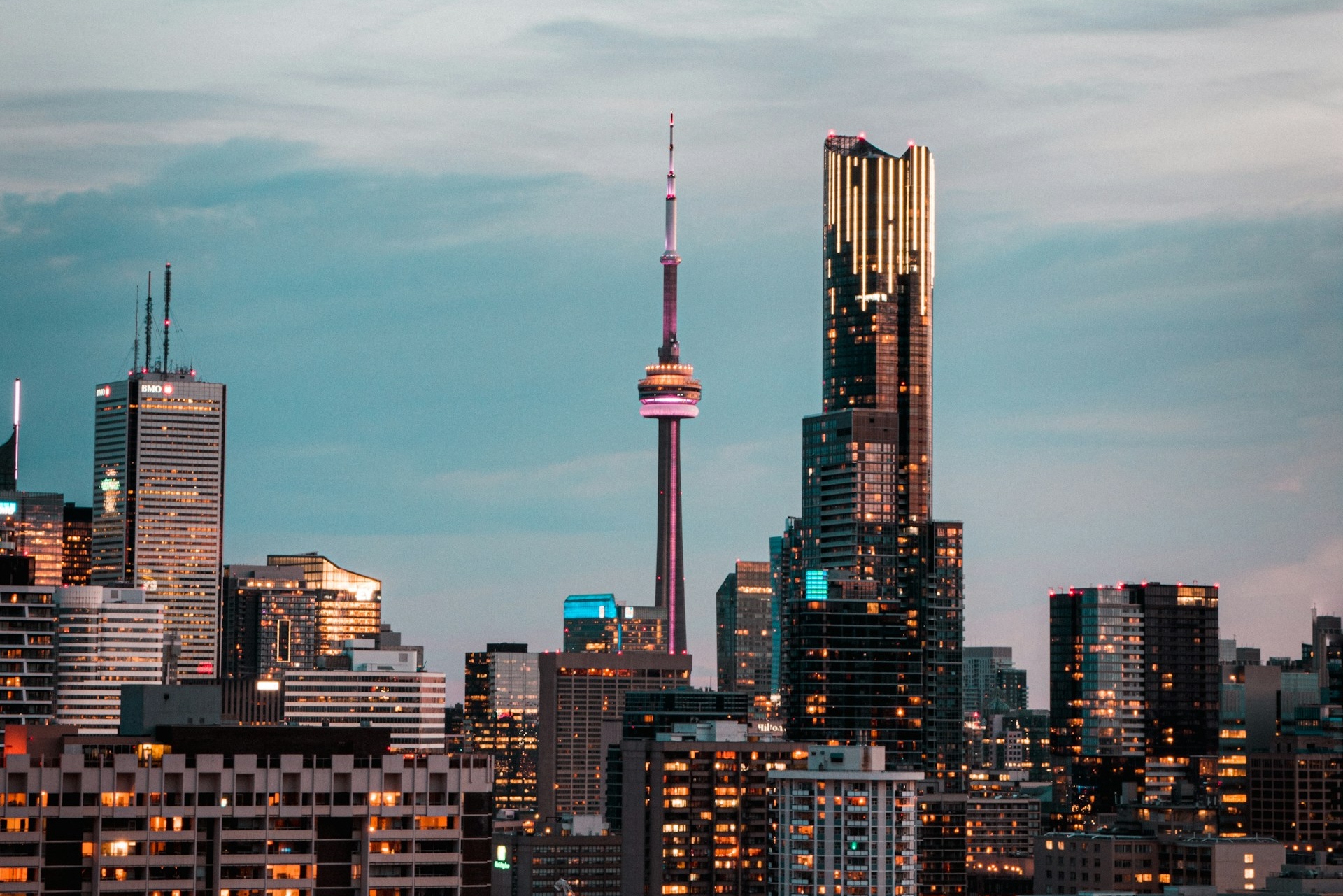Entering the housing market is difficult enough for househunters.
But new data has highlighted the SA suburbs and towns where hopeful homebuyers stand to get the biggest leg up from the Bank of Mum and Dad.
DFA data, commissioned by Betashares, reveals Fullarton households have the highest amount of disposable income – or the greatest spare cash flow – of any SA suburb or town, able to access $195,552 to help their children enter the property market.
CLICK HERE FOR MORE REAL ESTATE NEWS
Unley households came second, able to access $157,391, while Port Lincoln households hat the third highest disposable income at $139,716.
Barmera, Glenalta and Hope Valley households were all able to access between $130,000 and $135,000, while Williamstown, Whyalla Playford, Hazelwood Park and Tanunda households could all access more than $100,000 in spare cash flow.
SA suburbs with the most disposable income
| Ranking | Suburb/Town | Spare cash flow per household |
| 1 | Fullarton | $195,552 |
| 2 | Unley | $157,391 |
| 3 | Port Lincoln | $139,716 |
| 4 | Barmera | $135,348 |
| 5 | Glenalta | $133,709 |
| 6 | Hope Valley | $130,675 |
| 7 | Williamstown | $119,279 |
| 8 | Whyalla Playford | $117,774 |
| 9 | Hazelwood Park | $112,977 |
| 10 | Tanunda | $100,354 |
| 11 | Pooraka | $97,237 |
| 12 | Happy Valley | $90,861 |
| 13 | Angaston | $86,602 |
| 14 | Adelaide | $85,910 |
| 15 | Golden Grove | $85,699 |
| 16 | Modbury Heights | $83,339 |
| 17 | Highbury | $78,905 |
| 18 | Naracoorte | $76,311 |
| 19 | Mile End | $75,012 |
| 20 | Woodville West | $74,298 |
| Source: DFA data, commissioned by Betashares | ||
The DFA modelling, commissioned by ETF management group Betashares, was based on quantitative and qualitative surveys of the financial status of 52,000 households across the country that were measured up against demographic data.
Betashares CEO Alex Vynokur said the data showed the households with the most freed up cash were not always the wealthiest earners.
“Often people who earn a lot, spend a lot,” he said.
“The lifestyle of wealthy Aussies is not always the lifestyle that necessarily lends itself to a decent savings balance.”
Mr Vynokur said the amount of cash households had at their disposable was influenced not simply by how much they earned, but how much they kept.
Betashares CEO Alex Vynokur. Picture: Supplied.
“People tend to spend more on rent and mortgages in fancy areas and they send their kids to private schools,” he said.
“What we know for sure is that the net balance of how much you have (in cash) is a function of income and expenditure.”
He added that many of the areas where households had greater savings balances were family-orientated.
“It’s counterintuitive,” he said.
“You’d think it’s families that would spend more but they’re often the ones that tend to think most about the next generation.
“Inflation is ripping through the economy and the cost of living is high but most (families) are generally sensible with their money.”
According to the research, the average Australian household has $37,367 in spare cash flow and financial opportunity annually, with middle Australia is driving financial resilience, with suburban and rural areas leading the way.
In contrast, of the 135 SA suburbs the report has data for, the average spare income available to a typical household is $43,878.
Digital Finance Analytics director Martin North said the varying levels of cash available to different households laid bare the devastating toll of unaffordable housing costs on peoples’ ability to save.
“Australia used to be a lot more egalitarian,” he said.
Martin North is the CEO and founder of Digital Finance Analytics. Hollie Adams/The Australian
“That’s changed in more recent years and the gap between the haves and have nots is widening.
“There are people who are really doing it tough but there are also a huge number of households who are doing extremely well, not just because of their incomes, but because they’re spending less on housing costs and are at a stage of life where they can save more.”
Mr Vynokue said the results were encouraging.
“In a testament to the resilience and the common sense of Australians at large, our research showed that middle-income suburbs and regional areas around the country have managed to retain more of their cash flow despite the significant and unfortunate rise in the cost of living,” he said.
“As a result, these parts of Australia are displaying a real desire to make their money work harder as they look to build financial opportunity and resilience.”
Simon Kuestenmacher, Director and Co-founder, The Demographics Group. Pic: Lyndon Mechielsen/Courier Mail
The Demographics Group co-founder Simon Kuestenmacher said a lot of this money would be saved up in order for parents to provide financial assistance to their children.
“The Bank of Mum and Dad is the most likely thing,” he said.
“Everyone is worried about their kids, and the housing cycle adds up. Once you have paid for your mortgage, then it’s almost time for your kids to get a mortgage.
“There’s always someone in the family with a mortgage.”
As a result, the postcodes with the highest amounts funding available were likely to reflect the areas where the bank of mum and dad’s funding was coming from.



















 English (US) ·
English (US) ·